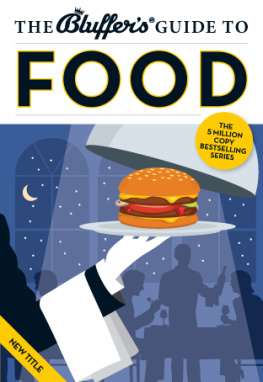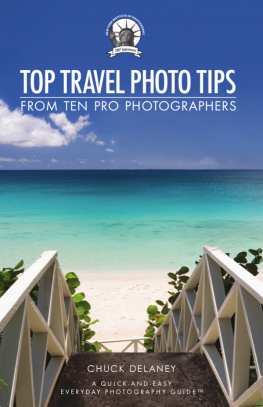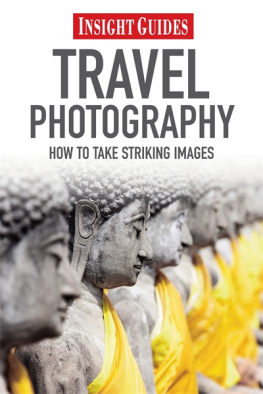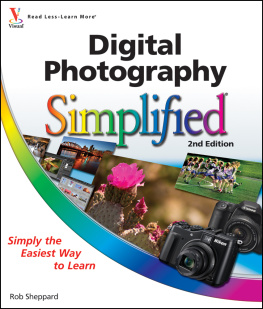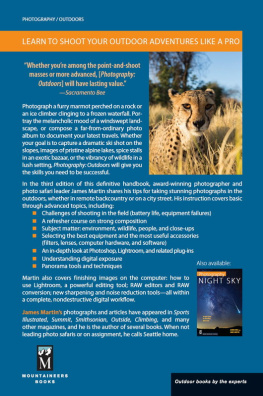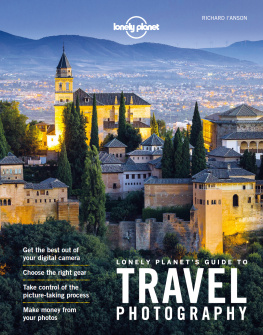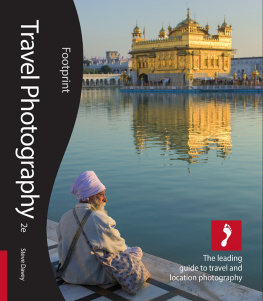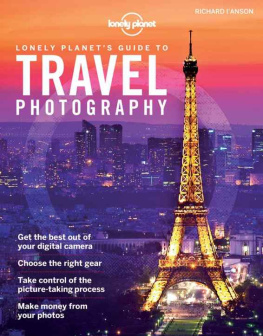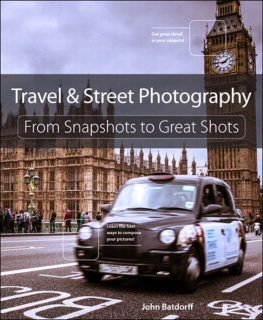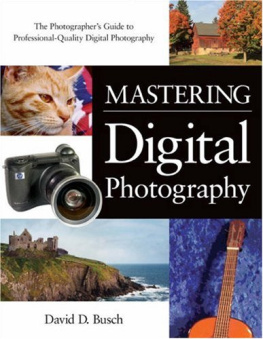
If your pictures arent good enough, youre not close enough.
Robert Capa

It is very easy with travel photography to be so blown away by what you are seeing that all creativity goes out of the window. You raise your camera and snap: you end up with a purely representational photograph that is identical to so many others. I will try to inspire you to create pictures that you are proud of, not just records of the fantastic places that you travel to.
I am a jobbing travel photographer and writer, accepting commissions to go all over the world, almost always with insufficient time. I sometimes have just a few days to capture a places essence and produce pictures to fill multiple pages of a book. I have to battle against time constraints, jetlag, bad weather, crowds, equipment issues and a lack of familiarity with the place itself. In this way my professional life often mirrors the experience of the amateur photographer who is limited by time and budget.
If you have tremendous luck, or unlimited time, then all the elements may come together for a picture: the light will be perfect, the subject laid out before you, without a tourist coach in sight. All you will have to do is take your camera, snap and get a masterpiece. Unfortunately, that seldom happens.
Once, when shooting Hong Kong Island, I spent five days struggling against the smog, travelling to the top of Victoria Peak on four occasions to try to get the perfect shot. On my last night I was relaxing in a bar, when the owner told me about a sunrise at the beginning of the week. In his five years in Hong Kong, it was the clearest and most beautiful he had seen. The pictures he had taken out of the window of his apartment on the Peak were fantastic. He wanted to know what I, as a photographer, had thought of it. To my dismay, I had to tell him that this amazing sunrise had occurred the day before I arrived!
On another occasion, I was shooting in Rio. The weather was cloudy and difficult but I kept working and tried a shot from the summit of Corcovado in the early morning. Shooting into the light, with all of the islands of the bay draped in backlit shadow produced a spectacular image which ended up on the cover of my first book. It would have been easy to give up and stay in bed that day but my persistence paid off.
What both these experiences show is that, as a photographer, you cant have perfect luck all of the time and you certainly never have unlimited time. You have to make your own luck with skill and hard work. This book aims to help you by offering tips, advice and encouragement. I believe that you can always take a great photo no matter what the conditions. It might not be the photo that you set out to take or a photo that you would see on a postcard rack but that unique picture is out there. All you have to do is create it.
I often come back from a long trip exhausted, somewhat lighter and leaner, but ultimately more fulfilled and relaxed than if I had just been on holiday. Travel photography is really a way of life: a way of travelling. I have seen more sunrises and sunsets, looked more people from all walks of life in the eye and shaken more hands than I ever would have done as a traveller or holidaymaker. I have climbed more hills and mountains, and then often climbed them again the next day when the weather is better. I often find myself in the middle of the action running from bulls, bathing with elephants or pilgrims, swimming with sharks in a way that would not be possible without photography. Photography has been my motivation and I have experienced a greater level of enjoyment and involvement because of it. I hope to convey some of the magic of travel photography in this book and inspire you to get out there to see and embrace the world yourself.
Contents


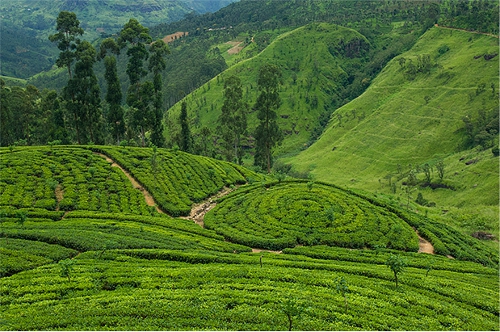

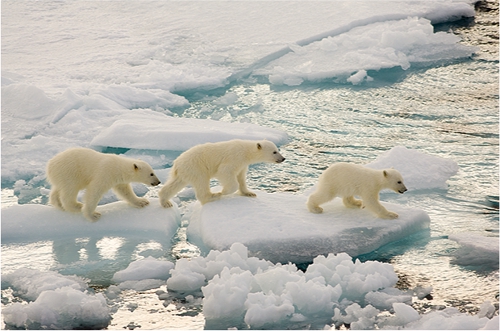

 | On the web |
Footprint Travel Photography is not just a book; it also comes with a unique companion website ( www.footprinttravelphotography.info ) that will help you to improve your travel photography and get more out of your travels. The site includes:
- up-to-date weblinks for all the websites, publications and products mentioned in the book
- a photoclinic where you can submit pictures for comment and help by the author
- an ask-the-author service which allows you to ask questions directly to the author
- image galleries where you can view the many images that didnt make it into the final book.
To complement the first edition of Footprint Travel Photography, Steve Davey launched a comprehensive series of London-based courses and exclusive travel photography tours to the most exotic and photogenic parts of the world.
Destinations include India, Morocco and South East Asia. Land arrangements are provided by some of the biggest names in adventure travel. The tours website ( www.bettertravelphotography.com ) also features image galleries of some of Steves recent work, travel photography features and extensive illustrated travel photography tips.
Front cover: Pilgrim at the Golden Temple, Amritsar, Punjab, India
Nikon D2x, ISO 100, RAW. 38 mm (57 mm equivalent). 1/200 second, f6.3
Inside front cover:
Polar bears in Svalbard, Norway
Nikon D2x, ISO 160, RAW. 420 mm (630 mm equivalent). 1/1000 second, f 5.6
Inside back cover:
Overlooking Jema el-Fna square, Marrakech,
Morocco
Nikon D2x, ISO 160, RAW. 70 mm (105 mm equivalent). 1/13 second, f 3.5. Tripod
: Sadhu at the Gangar Sagar Mela, West Bengal, India
Nikon D2x, ISO 200 RAW. 31 mm (46mm equivalent). 1/125 sec, f4
: Huangshan Mountains, Anhui Province, China
Nikon F4, Provia 100 ASA film. 80-200 mm lens. Exposure not noted
Back cover:
Morning alms round, Luang Prabang, Laos
Nikon D3x, ISO 800, RAW. 98 mm. 1/100 second, f4.5
The Siq, Petra, Jordan
Nikon F5, Provia 100 ASA film. Lens and exposure not noted
Doges Palace, Venice, Italy
Nikon F5, Provia 100 ASA film. 17 mm. Exposure not noted
From Steve Davey
About the author
Steve Davey is a photographer and writer, based in London. Blessed and cursed in equal measure with a low boredom threshold, he has turned travel photography into a way of life, as well as a career.
Steve first got hooked on photography at school. The mix of creativity and technicality seemed to suit his personality, and he realised that photography could make a good lifestyle: leaving school during the day was forbidden but, if he was stopped with a camera, he could just say that he was off to take some photos. He has used this excuse ever since and, remarkably, some people still believe it.




